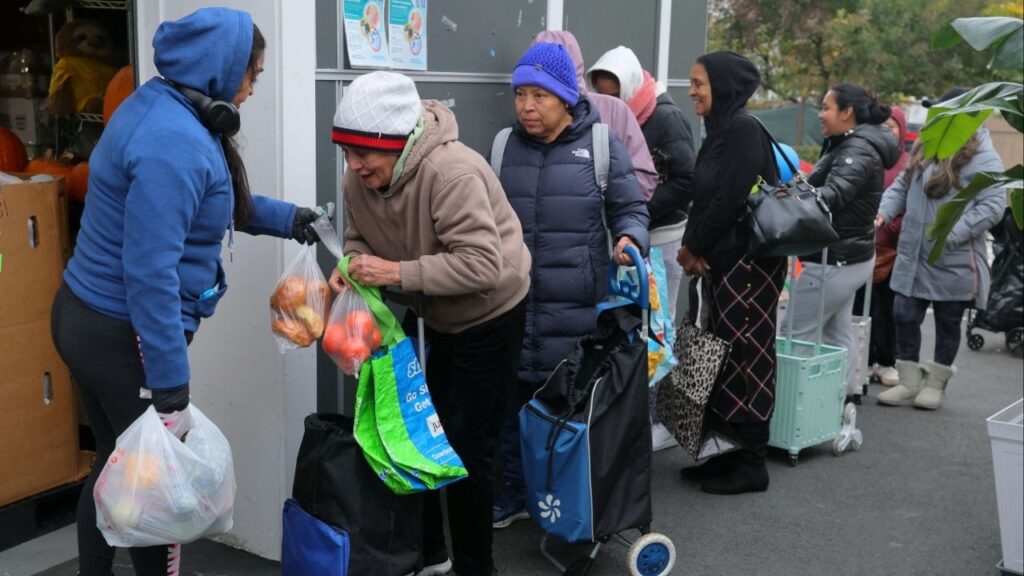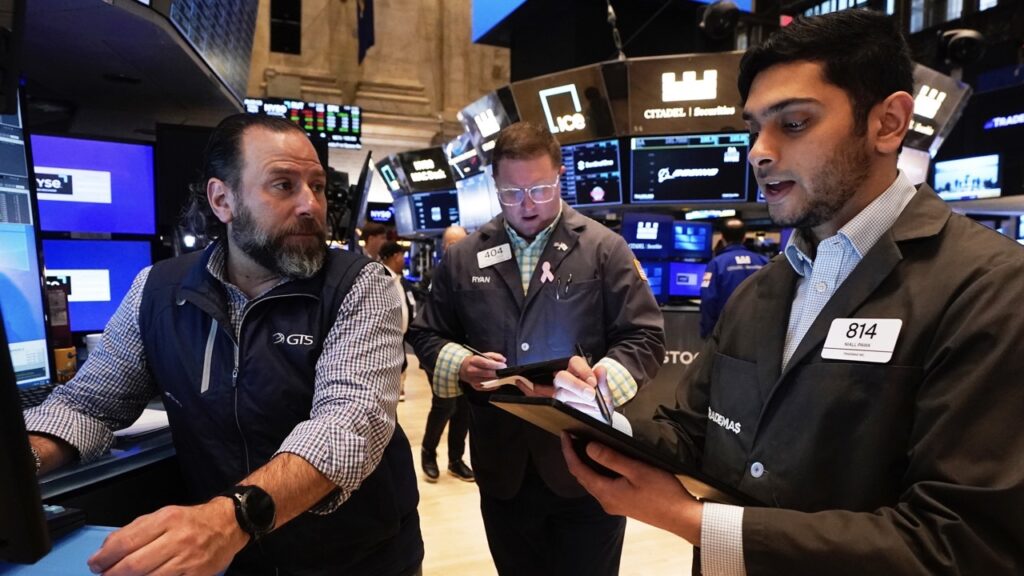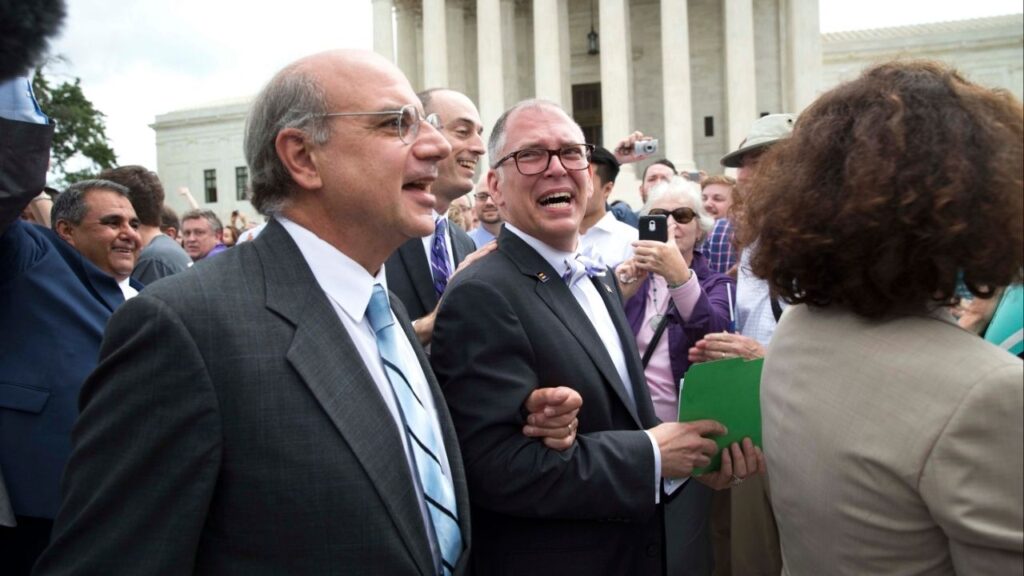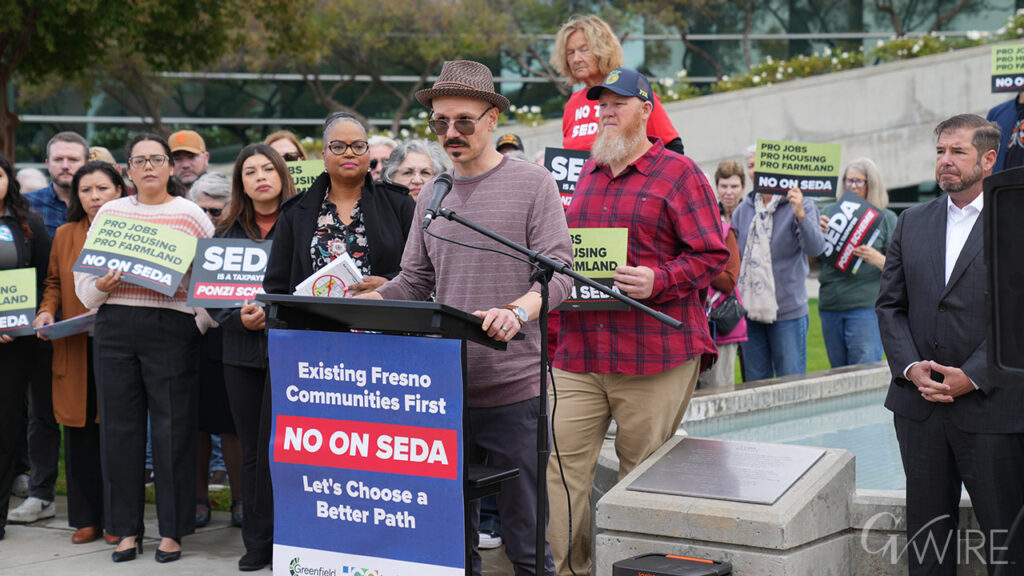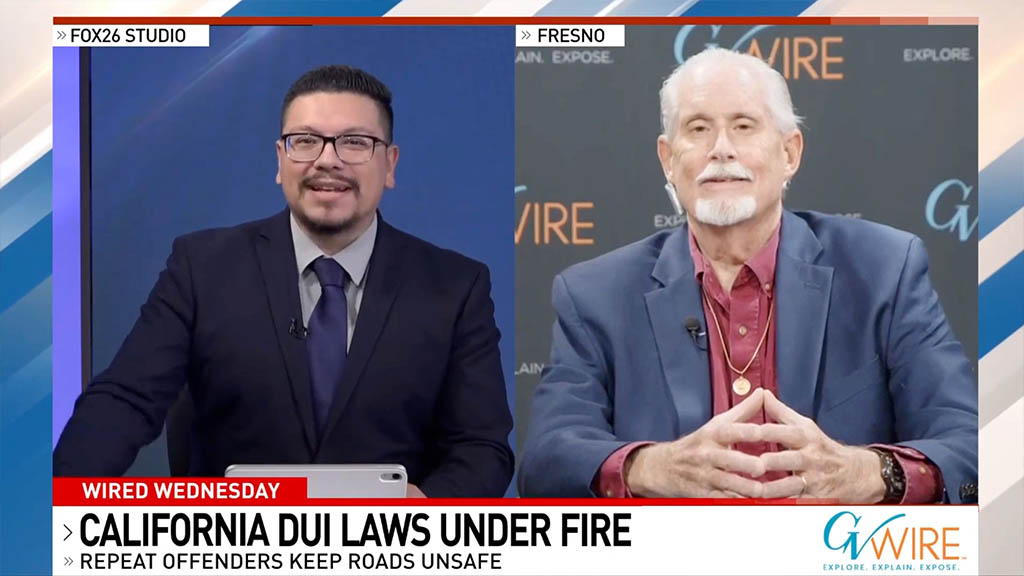Starbucks plans to lay off 1,100 corporate employees globally as new Chairman and CEO Brian Niccol streamlines operations. (Shutterstock)

- Starbucks plans to lay off 1,100 corporate employees globally as new Chairman and CEO Brian Niccol streamlines operations.
- “Our intent is to operate more efficiently, increase accountability, reduce complexity and drive better integration,” Niccol says.
- Southwest Airlines said last week it was eliminating 1,750 jobs, or 15% of its corporate workforce.
Share
|
Getting your Trinity Audio player ready...
|
Starbucks plans to lay off 1,100 corporate employees globally as new Chairman and CEO Brian Niccol streamlines operations.
In a letter to employees released Monday, Niccol said the company will inform employees who are being laid off by midday Tuesday. Niccol said Starbucks is also eliminating several hundred open and unfilled positions.
“Our intent is to operate more efficiently, increase accountability, reduce complexity and drive better integration,” Niccol wrote in the letter.
Starbucks has 16,000 corporate support employees worldwide, but that includes some employees who aren’t impacted, like roasting and warehouse staff. Baristas in the company’s stores — who make up most of the company’s 361,000 employees worldwide — are not included in the layoffs.
Related Story: Hanging Out at Starbucks Will Cost You as Company Reverses Its Open-Door Policy
Big Companies Trim Workforces
Starbucks’ layoffs come as other big companies make similar moves. Southwest Airlines said last week it was eliminating 1,750 jobs, or 15% of its corporate workforce, in the first major layoffs in the company’s 53-year history. And last month, tire maker Bridgestone Americas closed a plant in LaVergne, Tennessee, and laid off 700 workers there.
Starbucks hired Niccol last fall to turn around sluggish sales. He has said he wants to improve service times — especially during the morning rush — and reestablish stores as community gathering places.
Niccol is also cutting items from Starbucks’ menu and experimenting with its ordering algorithms to better handle its mix of mobile, drive-thru and in-store orders.
Starbucks’ global same-store sales, or sales at locations open at least a year, fell 2% in its 2024 fiscal year, which ended Sept. 29. In the U.S., customers tired of price increases and growing wait times. In China, its second-largest market, Starbucks faced growing competition from cheaper rivals.
However, in its most recent quarter, the company topped most sales expectations after Niccol made changes that were visible to customers, such as the decision to stop charging extra for non-dairy milk.
Starbucks shares rose less than 2% Monday.









